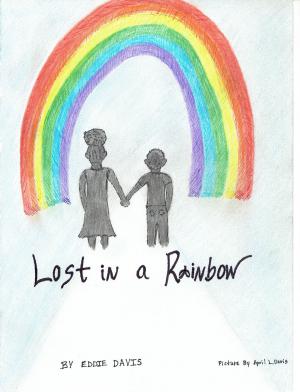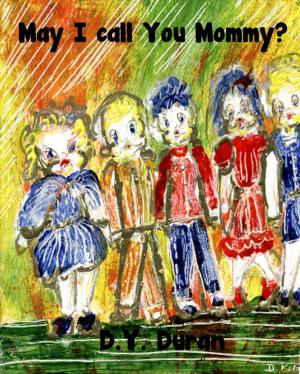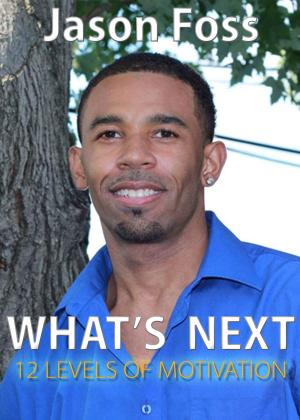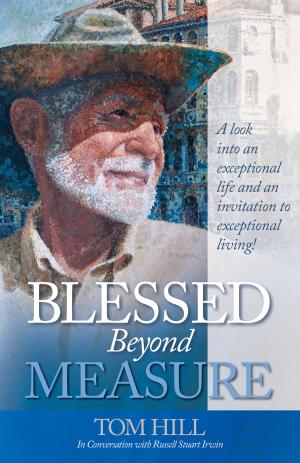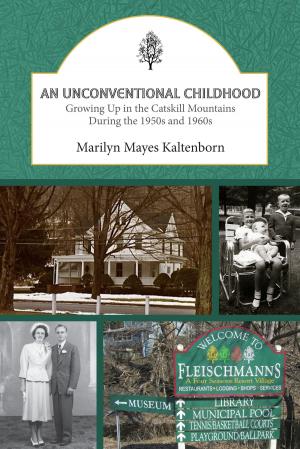| Author: | J. Stephen Thompson | ISBN: | 9781623093488 |
| Publisher: | BookBaby | Publication: | August 1, 2012 |
| Imprint: | Language: | English |
| Author: | J. Stephen Thompson |
| ISBN: | 9781623093488 |
| Publisher: | BookBaby |
| Publication: | August 1, 2012 |
| Imprint: | |
| Language: | English |
Although Thomas Stephenson and Cassandra Borden worked together in the past, neither is aware the other is now working in post-war Kosova. Both are forensic microbiologists, although Tom appears ostensibly as a magazine writer on assignment. Through his e-mail correspondence it quickly emerges he is working undercover for the Microbiology Intelligence Network (MIN), a Canadian organization with links to government. Cassie is a novice in foreign assignments. She is helping re-establish a diagnostic microbiology laboratory service at the University of Prishtinë Health Centre at the request of the World Health Organization. Tom's role with MIN involves assessing possible bioterrorist threats. He accepts that some organisms commonly thought to be agents of bioterrorism are merely bi-products of social and physical upheaval in a post-war situation. Then, he and his driver/interpreter, Agron Shalla, encounter a mysterious illness in young adults with fever and influenza-like symptoms manifesting as severe arthritis. In the newly established virology laboratory, an unusual virus is grown that Tom recognizes as chikungunya virus. Tom and Agron pull together sufficient information to theorize a Soviet involvement, suggesting the likelihood of Kosova's use as a testing ground for biological weapons. They realize the Yugoslav government of the day had to be actively or passively complicit. Tom and Cassie's relationship develops over the two years following their meeting in Prishtinë. Official interference ensures that Tom and Cassie are seldom able to schedule their Kosova work sessions at the same time, so much of their relationship evolves through e-mail correspondence. Tom's mental state deteriorates. He expresses concern to his psychiatrist friend back in Ottawa, Albert Tindall. When he finds evidence that Cassie is also an agent for MIN, an e-mail argument ensues severely straining their relationship. By the time Tom is assigned to Somalia, Cassie confides to sister, Karen, that they are no longer together. Tom is plummeted into depression by the deaths of Frank Macgregor and Agron. Tom suspects chikungunya virus but the official cause is influenza. Tom abruptly returns to Canada where he enters a treatment program for post-traumatic stress disorder. Both Tom and Cassie agonize over their lost relationship. The relationship reignites mainly because of Cassie's compassion and they agonizingly reconcile their differences. The effect of war, international service, life from an ethnic Albanian point-of-view is explored via Tom's magazine articles, interviews, e-mail correspondence with friends and family in Canada and through Tom and Cassie's conversations with some of the many characters appearing throughout. The intersection of Mother Teresa and Bill Clinton Boulevards is an important landmark in Prishtinë, capital of Kosova, and a perfect metaphor for involvement in the war, reconstruction, and saints and sinners.
Although Thomas Stephenson and Cassandra Borden worked together in the past, neither is aware the other is now working in post-war Kosova. Both are forensic microbiologists, although Tom appears ostensibly as a magazine writer on assignment. Through his e-mail correspondence it quickly emerges he is working undercover for the Microbiology Intelligence Network (MIN), a Canadian organization with links to government. Cassie is a novice in foreign assignments. She is helping re-establish a diagnostic microbiology laboratory service at the University of Prishtinë Health Centre at the request of the World Health Organization. Tom's role with MIN involves assessing possible bioterrorist threats. He accepts that some organisms commonly thought to be agents of bioterrorism are merely bi-products of social and physical upheaval in a post-war situation. Then, he and his driver/interpreter, Agron Shalla, encounter a mysterious illness in young adults with fever and influenza-like symptoms manifesting as severe arthritis. In the newly established virology laboratory, an unusual virus is grown that Tom recognizes as chikungunya virus. Tom and Agron pull together sufficient information to theorize a Soviet involvement, suggesting the likelihood of Kosova's use as a testing ground for biological weapons. They realize the Yugoslav government of the day had to be actively or passively complicit. Tom and Cassie's relationship develops over the two years following their meeting in Prishtinë. Official interference ensures that Tom and Cassie are seldom able to schedule their Kosova work sessions at the same time, so much of their relationship evolves through e-mail correspondence. Tom's mental state deteriorates. He expresses concern to his psychiatrist friend back in Ottawa, Albert Tindall. When he finds evidence that Cassie is also an agent for MIN, an e-mail argument ensues severely straining their relationship. By the time Tom is assigned to Somalia, Cassie confides to sister, Karen, that they are no longer together. Tom is plummeted into depression by the deaths of Frank Macgregor and Agron. Tom suspects chikungunya virus but the official cause is influenza. Tom abruptly returns to Canada where he enters a treatment program for post-traumatic stress disorder. Both Tom and Cassie agonize over their lost relationship. The relationship reignites mainly because of Cassie's compassion and they agonizingly reconcile their differences. The effect of war, international service, life from an ethnic Albanian point-of-view is explored via Tom's magazine articles, interviews, e-mail correspondence with friends and family in Canada and through Tom and Cassie's conversations with some of the many characters appearing throughout. The intersection of Mother Teresa and Bill Clinton Boulevards is an important landmark in Prishtinë, capital of Kosova, and a perfect metaphor for involvement in the war, reconstruction, and saints and sinners.


